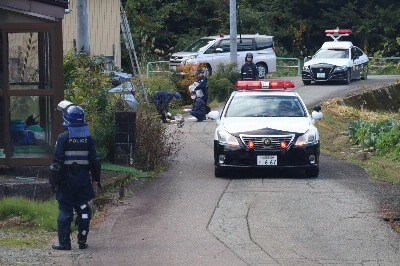Tadao Ando is not afraid to say what he thinks. More than that, when the Osaka-based architect has an idea about what life in cities should be like, he isn't afraid to radically alter the world to make his visions a reality. After the Great Hanshin-Awaji Earthquake of 1995, he felt that it was important that people in the Kobe area (where many of his buildings are located) did not forget what had been lost. Accordingly, he helped create an organization that planted more than 300,000 trees in the area. Each spring the entire district is now transformed by white blossoms, which serve as a living memorial to the lives and the history that perished in the quake.
Ando's architecture, a hard-edged minimalism characterized by the use of bare concrete, emerged as a critical response to the materialism and consumerism of modern Japanese society. Called an "architecture of resistance," his early houses in particular were explicitly confrontational, rejecting the city and its excesses, presenting blank walls to the street and creating enclosed worlds within. Ando has relentlessly pursued his personal vision of architecture, shunning the succession of design fads that have occupied most Japanese architects over the last three decades.
The list of awards and accolades that Ando has received is a long one -- including the Carlsberg Award for Architecture in 1992, the Prize of the Japan Art Academy in 1993, the Pritzker Prize (an award often thought of as architecture's Nobel Prize) in 1995, the Praemium Imperiale in 1996, the Royal Institute of British Architects Gold Medal in 1997 and the American Institute of Architects Gold Medal in 2002.

















With your current subscription plan you can comment on stories. However, before writing your first comment, please create a display name in the Profile section of your subscriber account page.